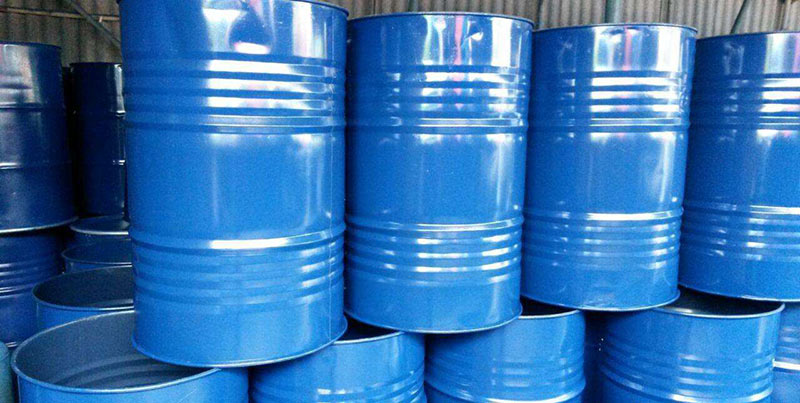- 0086-512-58361938
- michael@victory-chem.com
Commonly used organic phosphorus-based flame retardants include tricresyl phosphate, triphenyl phosphate, tris(xylylene) phosphate, butylbenzene phosphate, and propyl phosphate.
Phosphates are characterized by their dual functions of flame retardancy and plasticization. It can make the flame retardant non-halogenated, and its plasticizing function can make the flow processability of the plastic molding better, and can suppress the residue after combustion. Less toxic gases and corrosive gases are produced than halogenated flame retardants.
Its main advantages are high efficiency; less impact on light stability or light stabilizer action; Less corrosiveness in processing and combustion; hindering re-ignition; Little or no increase in the quality of flame retardant materials. However, most phosphate ester flame retardants also have some disadvantages. Such as high volatility, poor heat resistance, unsatisfactory compatibility, and the occurrence of dripping during combustion.

The main products of phosphorus-containing inorganic flame retardants are ammonium phosphate, red phosphorus flame retardant, ammonium polyphosphate. As the amount of halogen-free flame retardant material increases, the amount of red phosphorus flame retardant also increases. The flame retardant effect of red phosphorus is better than that of phosphate esters. Phosphorus-containing inorganic flame retardants have been widely used due to their non-volatile, non-thermal stability, long-lasting effects, corrosive gases, and low toxicity.
The phosphorus-based flame retardant serves to retard the carbonization by dehydration at the time of initial decomposition of the polymer. This dehydration carbonization step must rely on the oxygen-containing groups of the polymer itself, and the polymer having an oxygen-containing group for its structure. Their flame retardant effect will be better.
In the case of polypropylene, since the molecular structure itself has no oxygen-containing groups, the flame retardant effect is not good when the phosphorus-based flame retardant is used alone, but if it is compounded with AL(0H)3 and Mg(OH)2, A synergistic effect can be produced to obtain a good flame retardant effect.